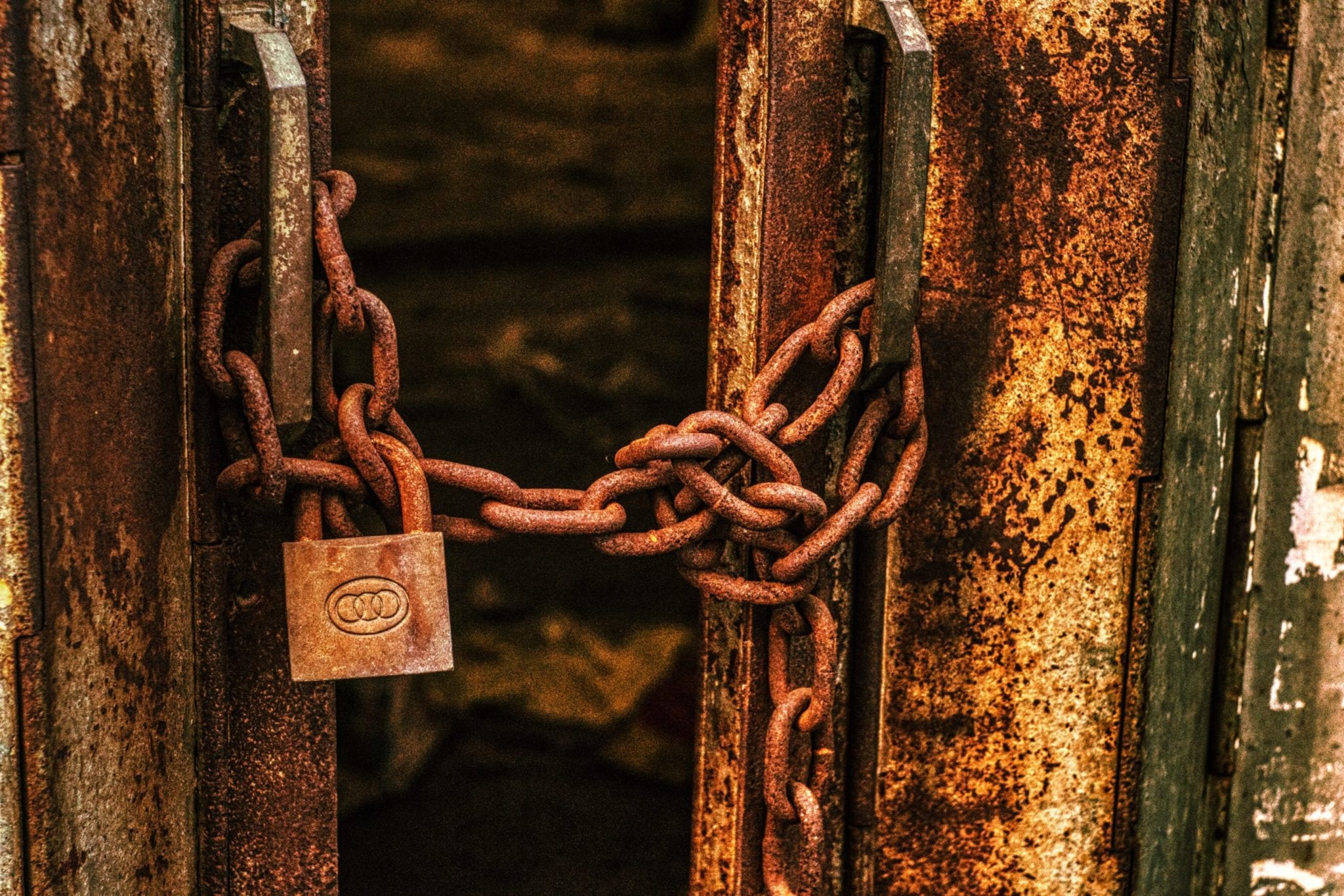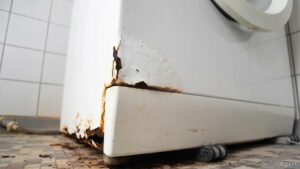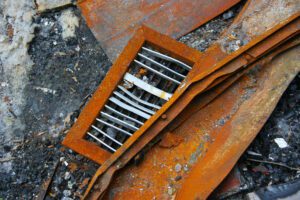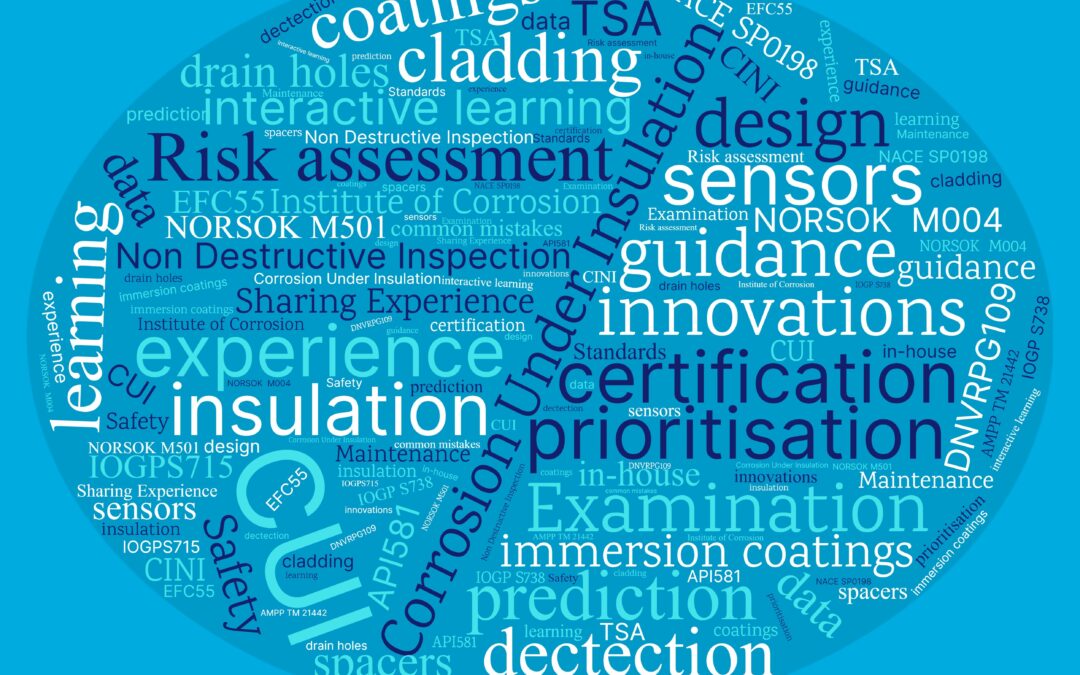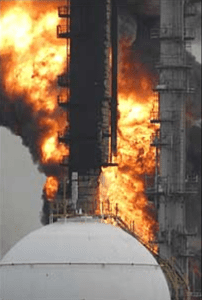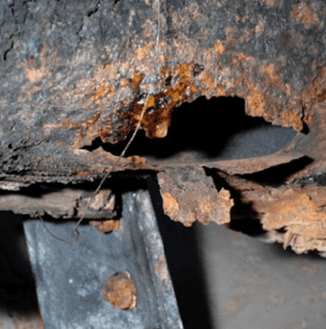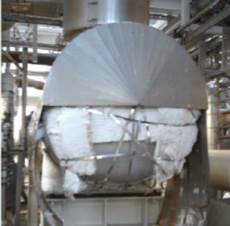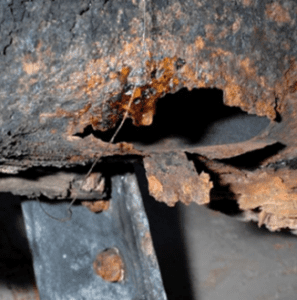The cart is empty!

ICorr Leads Corrosion Management and Policy Influence
Introducing Reuse, Repair, Replace
In the dynamic environment of corrosion management, the Institute of Corrosion (ICorr) stands at the forefront of pioneering solutions and policies, with far reaching influence. Consequently, we’re thrilled to announce our pivotal role in the upcoming ‘Reuse, Repair, Replace Conference’ set for 1st July 2024, a seminal event poised to shape the future of corrosion management.
This conference, held in the prestigious setting of Westminster for the Parliamentary and Scientific Committee, symbolises our unwavering commitment to sustainability and innovation. It’s another example that demonstrates how ICorr members have a collective voice that has the power to influence policy as part of a global community committed to making lasting impacts.
Reuse, Repair, Replace Conference – A Paradigm Shift in Corrosion Management
Embracing a new era in corrosion management, the idea for the Reuse, Repair, Replace Conference was first put forward by ICorr member Trevor Crichton, also a member of the Parliamentary and Scientific Committee. It promises to be a defining moment in the continuous journey towards sustainability.
The session, chaired by Stephen Metcalfe MP, and sponsored by ICorr, aims to challenge conventional perspectives and introduce innovative strategies that align with the principles of sustainability in corrosion science.
At the heart of the conference are four esteemed speakers, each an expert in their respective fields:
- Gareth Hinds (a previous President of the Institute of Corrosion) will explore the role of corrosion in low carbon energy technologies, shedding light on the intersection of environmental sustainability and corrosion prevention.
- Christian Stone, a speaker at ICorr’s 2023 AGM, will address the critical issue of infrastructure longevity, focusing on the prevention of corrosion in vital structures, including RAAC.
- Izabela Gajewska, winner of ICorr’s Young Engineer Programme 2020, will inspire with insights into mentoring the next generation of corrosion professionals, ensuring the legacy of our work extends far into the future.
- Finally, Trevor Crichton will discuss the potential for the reuse and remanufacture of steel, a topic of crucial importance for sustainable development.
Each contributor will speak for 10 to 15 minutes, before fielding questions from an audience of parliamentarians and P&SC members from across the UK science and engineering community.
Event Options
There are two options put forward for the event.
The first is an in-person conference, followed by the Chairman’s reception to be held at 1 Parliament Street. This reception will be open to all attendees. There will also be a dinner, though numbers for this are limited to 25 on a first-come-first-served basis. The dinner includes free places for the speakers and up to six guests of the partnering organisation. This dinner is akin to a round table discussion, chaired by Stephen Metcalfe MP (Chatham House Rules will be observed).
The second option is to hold the meeting online, allowing people to attend from wherever they are, but without the post-conference events which are considered key for messages to be discussed and summarised for parliamentarians to report back to relevant select committees/ministers.
Stephen Metcalfe and Stephen Benn (President) are both in favour of the in-person conference format, as is the Institute of Corrosion – we believe it represents an unparalleled opportunity for meaningful dialogue and networking.
Whichever format is selected, the session will take place between 5:30pm and 7pm.
The Benefits of ICorr’s Membership in the P&SC
ICorr’s membership of the P&SC demonstrates our commitment to bridging the gap between STEM and parliament and promoting best practice in corrosion management.
Established in 1939 as Parliament’s first All-Party Parliamentary Group, the P&SC plays a crucial role in promoting the relevance of scientific and technological developments to matters of public interest and the formulation of national policy.
As a P&SC member, ICorr can engage directly with policymakers, ensuring that the critical issues surrounding corrosion prevention and management are communicated at the highest levels. It’s a partnership that also facilitates incredible networking opportunities, allowing us to connect with parliamentarians and high-level stakeholders on behalf of our members. These interactions are invaluable, offering unique insights into the workings of the Houses of Parliament and the role that STEM plays in parliamentary business.
Testimonials from distinguished members of the committee, such as Lord Patel KT, Chair of the House of Lords Science and Technology Committee, and Ian Taylor, former MP and Minister for Science, underscore the profound impact of being part of the P&SC. Their experiences speak of “excellent opportunities offered by the Parliamentary and Scientific Committee for parliamentarians from both Houses to engage with scientists and the latest developments in science and research,” and the P&SC as being, “a powerful platform – (that) offers fascinating insights and exchanges on a wide range of scientific and engineering ideas.”
By participating in this esteemed committee, ICorr ensures that the voices of its members are not only heard but also instrumental in shaping the policies that will define the future of corrosion science and engineering.
Join ICorr to Make Sure Your Voice Is Heard
There are many benefits of professional membership of ICorr. These include improving your personal brand; access to exciting CPD opportunities; incredible networking opportunities; access to the members-only area of our website; and a route to Chartered Engineer status.
As a member of ICorr you also ensure that your voice is heard at the highest echelons of policy and industry dialogue. You gain a platform to contribute to critical discussions on corrosion management, influence policy on national and global stages, and stay at the forefront of advances in corrosion science.
ICorr – Isn’t It Time to Put Yourself at the Collective Forefront of Policy?
Our pivotal role in the upcoming ‘Reuse, Repair, Replace Conference’ and our strategic membership with the P&SC underscore our commitment to making a significant impact on the global corrosion management and prevention stage. Such initiatives demonstrate the influence that our membership can have in shaping future standards and practices in the corrosion industry.
Isn’t it time for you to boost your professional credentials?
We invite you to become a member of the Institute of Corrosion, and contact us for more information about the Reuse, Repair, Replace Conference on 1st July 2024. Together, our collective voice will be heard. Together, we have the power to influence the future of corrosion science and engineering, and shape a sustainable global economy from which everyone benefits.

